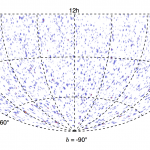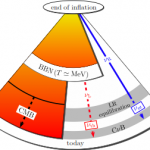ESR PhD position at CNRS (Montpellier L2C) (France) - Theory
Project period:
Thu, 01/09/2016 - Sun, 01/09/2019
Months:
36
Open:
Finished
ESR position at IPPP, Durham University (UK)
Project period:
Fri, 01/09/2017 - Sun, 01/09/2019
Months:
24
Months Extra:
12
Open:
Finished
ESR PhD position at IPPP, Durham University (UK) - Theory
Project period:
Thu, 01/09/2016 - Sun, 01/09/2019
Months:
36
Open:
Finished
ESR position at Madrid UAM and/or IFT (Spain)
Project period:
Fri, 01/09/2017 - Sun, 01/09/2019
Months:
24
Months Extra:
12
Open:
Finished
ESR PhD position at Madrid UAM and/or IFT (Spain) - Theory
Project period:
Thu, 01/09/2016 - Sun, 01/09/2019
Months:
36
Open:
Finished




